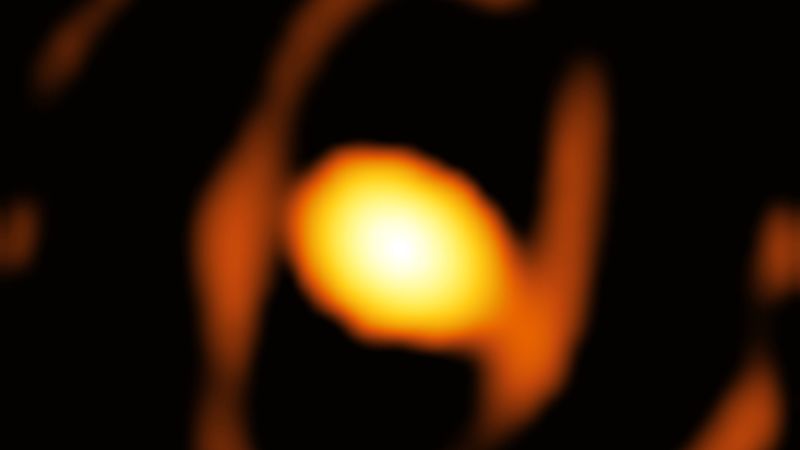
Physical Vapor Deposition
Physical Vapor Deposition (PVD) is a process used in astronautical engineering to deposit thin films of materials onto a substrate. The process involves the use of a vacuum chamber where a solid material is vaporized and then condensed onto a substrate, forming a thin film. PVD is commonly used in the production of spacecraft components, such as thermal control coatings, solar cell coatings, and reflective coatings. The process is also used in the production of microelectronics, such as computer chips and sensors. PVD offers several advantages over other deposition methods, including high purity, precise control of film thickness, and the ability to deposit materials with high melting points. However, the process can be expensive and time-consuming, and requires specialized equipment and expertise.
Your Previous Searches
Random Picks
- Optical Fiber: Optical fiber is a type of waveguide made of glass or plastic that is designed to transmit light between the two ends of the fiber. It is used in space and astronautical engineering for communication purposes, as it allows for high-speed da ... Read More >>
- Semi-permeable Membrane: A semi-permeable membrane is a type of membrane that allows certain molecules or ions to pass through it by diffusion while blocking others. In the context of space and astronautical engineering, semi-permeable membranes are used in various ... Read More >>
- Liquid Cooling: Liquid cooling is a method of heat removal from components and systems in which a liquid is used to transfer heat away from a source such as a computer processor. In the context of space and astronautical engineering, liquid cooling is used ... Read More >>
Top News

Archaeologists discover 4,000-year-old canals used to fish by predecessors of an...
Using drones and Google Earth imagery, archaeologists have discovered a 4,000-year-old network of earthen canals in what’s now Belize...
News Source: ABC News on 2024-11-22

First close-up image of a star beyond our galaxy may reveal impending supernova...
Astronomers have taken the first close-up image of a star beyond our galaxy, and it’s a “monster star” surrounded by a cocoon as it slowly dies....
News Source: CNN on 2024-11-21

Bestselling author explains the science of happiness: "You can do the work"...
Bestselling author and Harvard professor Arthur Brooks opens up about how enjoyment, satisfaction and meaning in life can increase a person's wellbeing....
News Source: CBS News on 2024-11-18

November's full moon, known as the Beaver Moon, is the last supermoon of 2024. H...
November's full moon, known as the Beaver Moon, is the last supermoon of 2024. Here's when it peaks and why it's called the Beaver Moon....
News Source: CBS News on 2024-11-15

You can't put a price on the sense of awe particle physics inspires...
Astronomy and particle physics are no longer seen as vital by the US establishment, so funding has fallen. But our work creates a sense of wonder, and wonder matters, says Chanda Prescod-Weinstein...
News Source: New Scientist on 2024-11-13